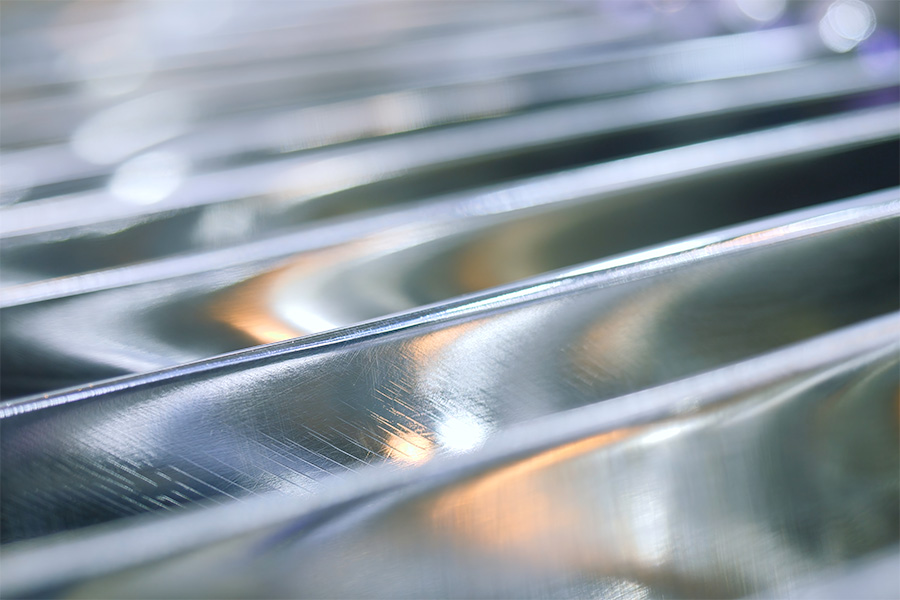What’s the difference between aluminum 6063 T5, aluminum 6063 T6, and aluminum 6061 T6?

When selecting the right aluminum alloy for a project, understanding the differences between various grades and heat treatments is crucial. The 6000 series aluminum alloys, particularly aluminum 6061 and 6063, are widely used in industries ranging from construction to manufacturing due to their versatility, strength, and corrosion resistance. However, choosing between these alloys and their specific heat treatments—T5 and T6—can significantly impact the final product’s performance, cost, and appearance. In this article, we will explore the key differences between aluminum 6063 T5, aluminum 6063 T6, and aluminum 6061 T6, providing guidance on which to choose for your specific needs.
6061 Aluminum Alloy
Aluminium 6061 is widely utilized in structural applications, such as towers and cranes, particularly in Europe and the United States. It is known for its excellent corrosion resistance, often eliminating the need for additional anti-rust treatment. The T6 heat treatment enhances its strength, making it comparable to SS41 steel with an endurance of more than 25KG/mm². In Japan, 6061 is favored for manufacturing rivets and bolt fittings.
6063 Aluminum Alloy
Aluminium 6063, on the other hand, is prized for its superior extrusion properties, making it ideal for creating complex cross-sectional profiles. It is commonly used in architectural applications like window frames, often after undergoing anodizing to enhance its appearance and durability.
Aluminum 6063 T5 vs. T6 Heat Treatment
The T5 and T6 designations refer to the heat treatment levels, which directly impact the hardness and performance of the aluminum alloy. Generally, T6 offers greater strength compared to T5. However, for many products, T5 is sufficient and more cost-effective. When working with hollow shapes or intricate designs, insisting on T6 can lead to deformation due to the increased difficulty in extrusion.
Aluminum 6061 vs 6063: Which to Choose?
While aluminum 6061 is stronger than aluminium 6063, it is also more challenging to work with, particularly for non-standard shapes or hollow profiles. If surface finish and aesthetic appeal are important, aluminium 6063 is often the better choice. Opting for aluminum 6061, especially in combination with T6 treatment, can lead to higher costs and potential surface quality issues.
| aluminum 6063 T5 | aluminum 6063 T6 | aluminum 6061 T6 | |
|---|---|---|---|
| Difficulty of extrusion | easiest | Second easy | the hardest |
| Extrusion molding application shape | Any shapes (especially hollow products) | Any shapes (using the recommended thickness) | circle square |
| Hardness | Softest WB10-14 |
Second hard WB12-15 |
Hardest WB13-16 |

Based on YUH FIELD’s extensive experience, aluminum 6063 T6 typically meets the needs of most products. However, some buyers may preferaluminum 6061 due to its higher strength, especially when post-extrusion processing is required. In such cases, sufficient hardness is crucial to prevent issues like aluminum chip blockage and inaccuracies in size.
YUH FIELD is dedicated to optimizing the use of aluminum 6063 T5. This material is not only easy to extrude but also reaches the necessary hardness limits, meets processing standards, ensures a smooth surface finish, and minimizes the risk of deformation during production.
This is the test report of a hollow tube made of aluminum 6063 T5.


| 1. Tensile Test | ||||
|---|---|---|---|---|
| #Sample Name | Modulus of Elasticity | 0.2% offset Yield strength | Tensile strength | Elongation (G.L=50mm) |
| ---- | GPa | MPa | MPa | % |
| YUH FIELD Aluminum Tube |
54.16 | 191 | 217 | 10 |
| Other’s | 68 | 145 | 186 | 12 |
| 2. Hardness Test | |
|---|---|
| #Sample Name | Hardness |
| YUH FIELD Aluminum Tube |
78Hv(0.1) (about 70 HB) |
| Other’s | 60 HB |
| 3.Density | |
|---|---|
| #Sample Name | Density |
| ---- | g/cm³ |
| YUH FIELD Aluminum Tube |
2.68 |
| Other’s | 2.70 |